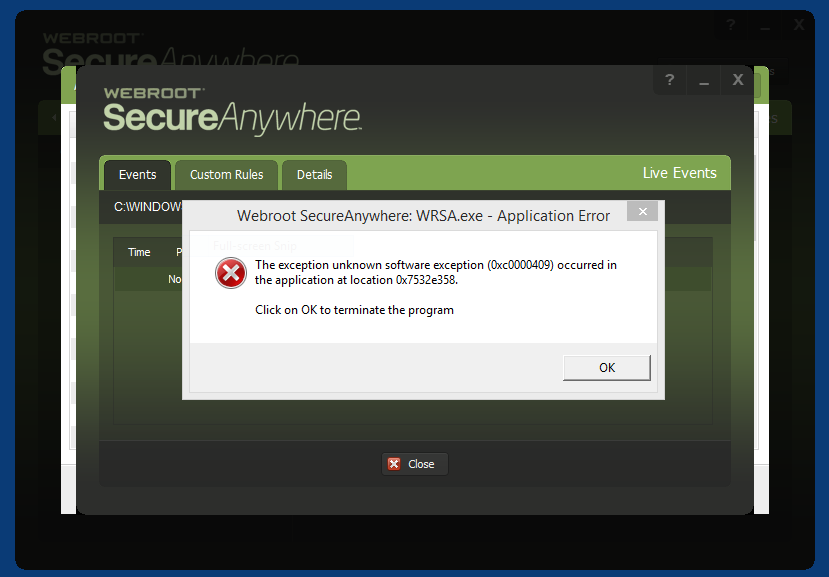

You will need to redo any language downloads including the display language if you changed that.You will need to redo Windows updates subsequent to the build you have used for the repair install.You may need to re-establish your Wi-Fi connection.

You will lose any customized system icons.It is recommended to turn on system protection after the repair install has finished to have restore points. System Protection will be reset to the default of being turned off.What to expect when doing a repair install of Windows 10: If you have a 64-bit Windows 10, then you must use a 64-bit ISO or USB.If you have a 32-bit Windows 10, then you must use a 32-bit ISO or USB.If it's not, then you will not keep anything. The installation media (ex: ISO or USB) must be the same base language (aka: system default language) as your currently installed Windows 10.If it's not, then the repair install will fail. The installation media (ex: ISO or USB) must be the same editionand same or newer build as your currently installed Windows 10.You will need at least around 8.87 GB + what Windows is currently using of free space available on the Windows drive.You will not be able to do a repair install at boot or in Safe Mode. You will only be able to do a repair install of Windows 10 from within Windows 10.You will keep all apps, programs and personal data, just as when you upgrade, as an in-place upgrade repair uses the same basic mechanism as when you upgrade. The options above are great for what they are intended for, but you could also do a repair install of Windows 10 by performing an in-place upgrade without losing anything other than all installed Windows Updates. data, Classic Windows applications, and Universal Windows apps), and restoring preinstalled customizations to their factory state. Reset your PC prepares the PC for recycling or for transfer of ownership by reinstalling the OS, removing all user accounts and contents (e.g. In Windows 10, this feature no longer preserves user-acquired Windows apps. All other preinstalled customizations are restored to their factory state. Refresh your PC Fixes software problems by reinstalling the OS while preserving the user data, user accounts, and important settings. If you're having problems with Windows 10 on your PC, you could use push-button reset to refresh or reset Windows. How to Do a Repair Install of Windows 10 with an In-place Upgrade


 0 kommentar(er)
0 kommentar(er)
